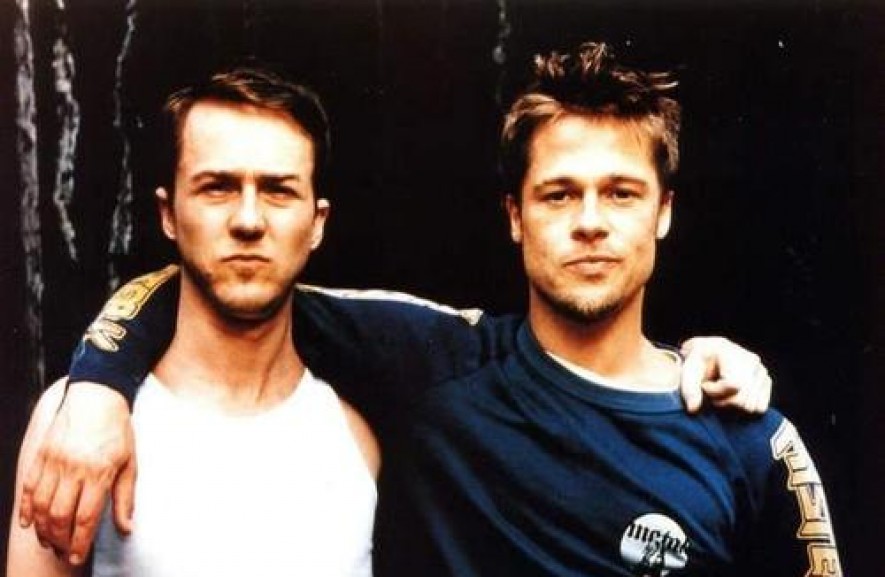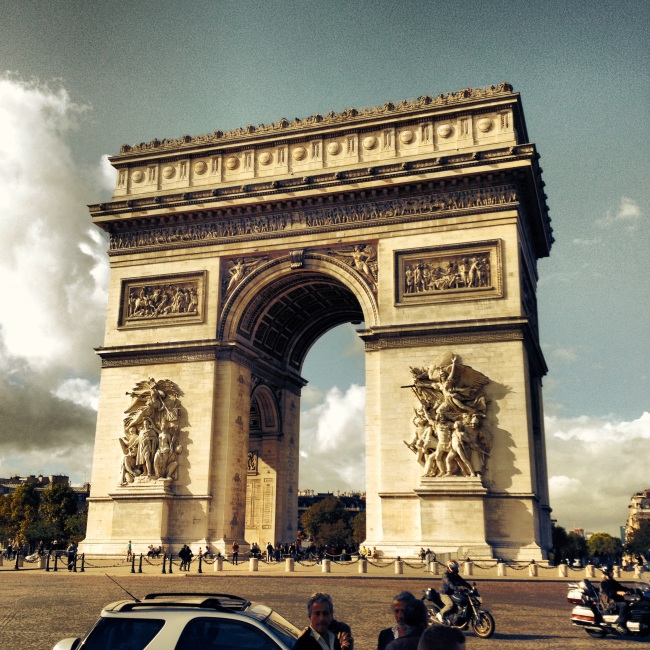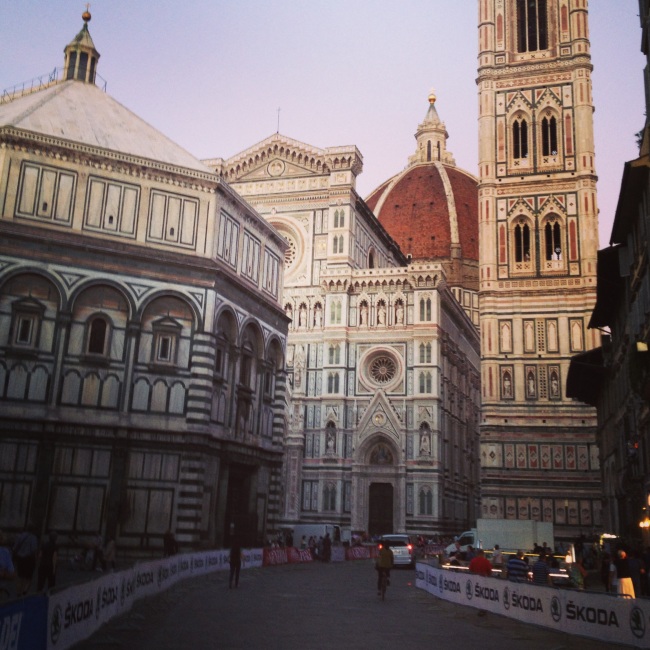He downsized, he restructured and he used Standard & Poor’s as much as Smith & Wesson to change forever the face of organized crime
Time Magazine
Born and deceased in Italy, Salvatore Lucania is considered the innovator of organized crime in America. Once immigrated to America he reinvented himself, more commonly then known as Charles “Lucky” Luciano. Then, he reinvented the mafia. Along with his childhood friend Meyer Lansky, they’d come to change to face and future of the Mafia in America. Luciano’s rise to power however was not an easy one. Granted with gifts of ambition and intelligence, Luciano worked his way to the top. Between his knack for business and ruthlessness he forever changed his face and the face of organized crime. Growing up in Manhattan’s Lower East Side he became one of the first bosses of the American mafia that grew up in the States. However like all good things, Luciano’s dominance also came to an end after a series of unfortunate events that led to his arrest and eventually his death in 1962.
When Luciano was 10 years old he immigrated to New York City. At 14, Lucky dropped out of school and got a job delivering hats throughout all five boroughs earning $7 per week. School just was not for little Sal Lucania. But it was down on Manhattan’s Lower East Side that Luciano first met his friend and later lifetime associate, Meyer Lansky, a young Jewish boy also living in Manhattan. This during the time was unusual. Mixing of races back then was frowned upon and not accepted by many Italians. This small example is only a taste of Luciano’s perspective for the greater picture. He wasn’t old school; he didn’t care about how the old bosses ran things. Luciano was after one thing and one thing only, money. Luciano never saw color or race as a problem and knew that business was business. His philosophy was simple, “There’s no such thing as good money or bad money.There’s just money” (SearchQuotes). Allegedly, after winning $244 in a game of dice, Luciano quit his hat delivery job and turned to the streets for money. It was this street sense that separated Luciano from the rest.
While still in his teens Lucky started his own crew. Unlike other groups of kids during that time, Lucky didn’t deal with the small petty crimes to make money. Lucky and his crew offered other gangs Italian, Irish and Jewish protection for ten cents per week. It was from this crew that his friendship with Lansky grew and where both became well known in Manhattan’s neighborhoods. It wasn’t long until Lucky became a key player in New York’s crime syndicate at the head of the Genovese crime family.
During the United States’ Prohibition Era, the American Mafia thrived to its peak in the 1920s. Bootlegging operations ran from Chicago to New York, New York to Philadelphia, down to Tampa Bay, Florida and everywhere in between. Various sources say that in 1925, at age 28, Luciano was making around $1.2 to $12 million dollars per year from his illegal activities that ranged from bootlegging, racketeering, gambling, waterfronts, unions, food marts, restaurants, bakeries, textiles, loan sharking, extortion, narcotics, fraud and prostitution (Time Magazine). Their operations slithered their way into every aspect of society, politics, legitimate businesses and law enforcement. During his time, Luciano was one of six major bootleggers, between Meyer Lansky, Louis Buchalter, Jacob Shapiro, Long Zwillman and Bugsy Siegel, they ran the alcohol trade all along the East Coast (Biography.com). In 1929, Luciano finally got his nickname after surviving a violent stabbing, leaving him with the characteristic droopy right eye. Who ordered Luciano’s stabbing was rumored to have been his former boss Joe Masseria. However a year later, Luciano, with rival boss Salvatore Maranzano’s blessing would have his revenge when he killed and replaced Masseria in April of 1931. By June of 1931, at age 34, Luciano was sitting at the same table as infamous mobsters such as Joe Profaci, Vincent Mangano, Tom Gagliano and Joe Bonanno. With the world in Luciano’s young hand, Maranzano quickly saw Luciano as a threat after the death of Masseria and wanted Luciano dead. However, little did Maranzano know that Meyer Lansky’s loyalty to Lucky was greater than his loyalty to him. The Luciano-Lansky duo led to the death of Salvatore Maranzano a month later in September of 1931. Both assassinations taking place methodically and thoroughly. After Luciano took out Masseria and Maranzano, he was now the boss of all bosses. His new position, the head of the Genovese crime family, now allowed him to make the changes that forever immortalized him in the history of the American Mafia.
Luciano is considered the father of modern organized crime in America for structuring the five New York City crime families along with other families all across the United States. By creating a hierarchical council and chain of command, he revolutionized not only the Mafia in New York City but also that of all the United States. With a unified council or panel of leaders from every family, the Mafia was now efficient and organized. Luciano saw that war was bad for business and after seeing the effects of the mafia wars, Luciano sought peace. This council, which was named the Commission, was a conglomerate of families that comprised the American mafia. After enjoying years at New York’s luxury hotels, the famous “Waldorf Astoria in Waldorf Towers, custom tailored suits and chauffeurs;” Lucky’s luck was running out (History.com).
The special prosecutors name was Thomas E. Dewey. In 1935 he was ordered to look into New York’s organized crime activities. Following his investigations, Dewey found Bronx mobster Dutch Schultz involved in many illegal activities and was planning to convict Schultz. However, when Schultz came to find out that the detective was on his tail, he planned to murder Dewey to prevent his investigation from continuing, but there was a problem. Realizing that this murder would cause a major crackdown in the mafia’s activity, the Commission ordered Schultz to stand down. When Schultz decided to disregard the Commission’s decision, the Commission murdered Schultz in a New Jersey tavern. With his suspect dead, Schultz’s murder only led Dewey straight to the Commission and ultimately Charlie Luciano. With Dewey nipping at anything he could get on Luciano, in 1936, he caught his break. Luciano’s luck ran out when he and some of his men were brought to trial and convicted of prostitution and extortion. The trial started in June and by May of 1936 Luciano was sentenced to 30 to 50 years in prison.
During the 1930s, while the mafia ran the streets of New York, the United States had also entered World War II and was storming the beaches of Normandy. With the next Allied advancement heading for southern Europe, Sicily was to be their first stop. Seeing an opportunity in the situation, Luciano offered help with his contacts in the New York waterfronts as well as over in Sicily in exchange for a conditional release from prison. Time Magazine also cites this exchange with Meyer Lansky taking a key role in Luciano’s release in reference to his involvement in the Allied Operation Husky:
Stymied intelligence agents turned to the underworld for help. Lansky, known in the ’30s for breaking heads at pro-Nazi meetings, acted as liaison and was allowed to visit Luciano. Lucky put the word out to cooperate, and formerly mute dockworkers, fishermen and hoodlums became the eyes and ears of naval intelligence. Soon eight German spies, who had landed by U-boat, were arrested, and explosives, maps and blueprints for sabotage were seized (Time Magazine).
So in exchange for important information and local cooperation, Luciano was released with parole and banned from US soil. Briefly after his deportation, Luciano couldn’t stay away. He traveled to Cuba months after his deportation to Sicily to rendezvous with old associates. There Lansky and Siegel met him and helped him continue running his operations. Unfortunately for Lucky, after the war in 1947 the United States government pressured Cuba into sending Luciano back to Italy. With the ability to keep a better eye over him, he was forced to stay in Naples by the US government. His time in Naples ultimately led to his demise on January 26, 1962 due to a heart attack. Even though Charlie “Lucky” Luciano’s last days were spent in Italy, his body was allowed to be returned to St. John’s Cemetery in Queens, New York where his parents buried him in their family vault (Time Magazine). However here, he was laid to rest under his birth name; Salvatore Lucania.
Charlie “Lucky” Luciano was not a model citizen. He made the best of his situation with the cards he was dealt and used his talents to the best of his abilities but simply in the wrong world. Luciano’s legacy will forever continue and forever be known as the architect of the American Mafia. He will be remembered not only for his ingenuity and cunning but also his ruthlessness and understanding for a greater perspective.
Bibliography
Buchanan, Edna. “LUCKY LUCIANO: Criminal Mastermind.” TIME.com. TIME Magazine, 07 Dec. 1998. Web. 04 Nov. 2013. <http://content.time.com/time/magazine/article/0,9171,989779,00.html>.
“Charles “Lucky” Luciano.” History.com. A&E Television Networks, n.d. Web. 04 Nov. 2013. <http://www.history.com/topics/lucky-luciano>.
DAILY MAIL REPORTER. “The Moment ‘Lucky’ Luciano’s Luck Ran Out: Black-and-white Pictures of Notorious Mob Leader and the High Class Prostitutes Who Led to His 1936 Arrest.” Mail Online. Associated Newspapers Ltd, 28 May 2012. Web. 19 Nov. 2013. <http://www.dailymail.co.uk/news/article-2151027/Black-white-pictures-mob-leader- Charles-Lucky-Luciano-high-class-prostitutes-led-1936-arrest.html>.
“Lucky Luciano Biography.” Bio.com. A&E Networks Television, n.d. Web. 19 Nov. 2013. <http://www.biography.com/people/lucky-luciano-9388350?page=2>.
“Lucky Luciano Quotes.” Lucky Luciano Quotes. SearchQuotes, n.d. Web. 19 Nov. 2013. <http://www.searchquotes.com/search/Lucky_Luciano/1/>.












